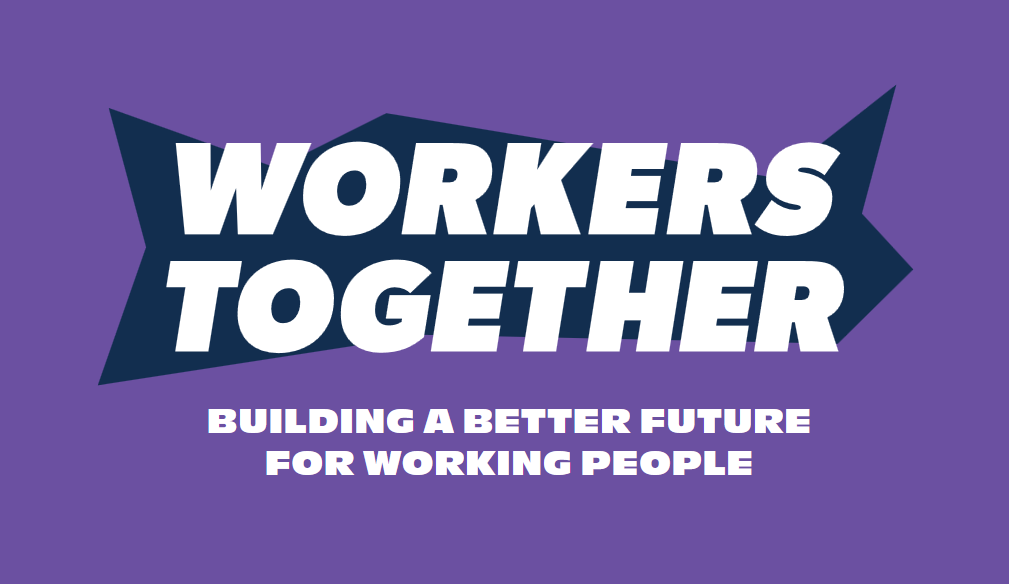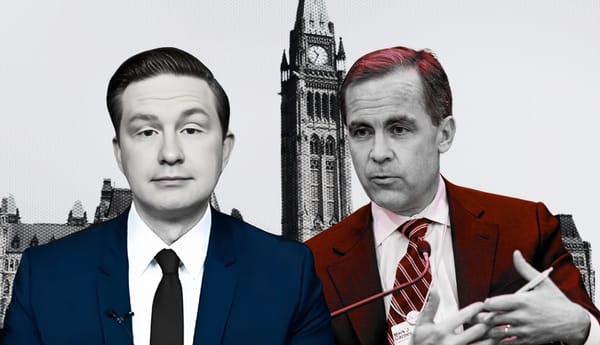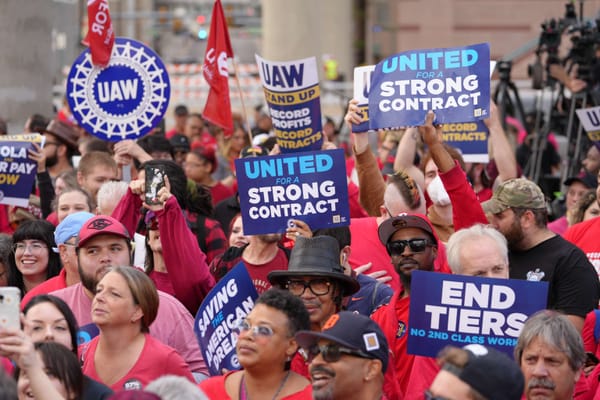Last week, the Canadian Centre for Policy Alternatives (CCPA) released its annual study on executive compensation, comparing the bloated earnings of Canada’s CEOs to the take-home pay of the average worker. According to the CCPA, in 2021 Canada’s top 100 executives took home historic compensation ($14.1 million, on average) while profits surged and workers suffered through a cost-of-living squeeze. As the study’s headline figure reports, CEOs “earned” 243 times the average worker’s salary in 2021, up from 155 and 104 times the average in 2009 and 1998, respectively.
In other words, while the executive class has fared remarkably well over the last quarter century as the benefits of growth have gone overwhelmingly to capital, 2021 was especially rosy. As a relatively robust economic recovery gave way to inflation and affordability issues, followed by interest rate hikes and a looming downturn, the corporate class was well-positioned to reap the benefits at every turn. In this sense, the CCPA’s report should be read as a telling illustration of how the institutional structures of modern capitalism are designed to turn economic crises into windfalls for corporations and their top executives.
The relationship between inflation, profits and executive compensation is remarkable, if only for its utter perversion. While debate is ongoing concerning the causes and drivers of our contemporary inflation, certain features of the phenomenon are safely settled. As is now well-understood, the initial supply shocks of the pandemic generated an economic environment in which large corporations — ‘price-setters’ — were able to take advantage of inflation to increase their “mark-ups” and thus their profit margins. Firms paying higher prices, whether for energy, shipping or other inputs, were not only passing these additional costs on to consumers but using these as a pretext to raise prices and juice profits. By the end of 2021, corporate profits in Canada were approaching 20 per cent of GDP, a record high.
There’s a direct link between surging inflationary profits and CEO pay. As the CCPA’s report puts it, “This historic capture of Canada’s economy by corporate profits while inflation ran rampant has yielded historic pay for the CEOs who run corporate Canada.” Because a growing share of executive compensation is “variable” (i.e., consisting of stock options, bonuses and other payments supposedly tied to the firm’s performance), profit growth resulting from inflation means big pay days for CEOs. Of course, the pandemic also saw certain stock prices soar, which also increased executive compensation but may or may not be related to the actual performance of the firm. For example, share buybacks raise share prices and fatten executive pay but often actually undermine investment and innovation. In any case, 2021 was a clear example of the moral bankruptcy of modern capitalism: while workers saw month after month of falling real wages, CEOs capitalized on the inflationary crisis.
As many commentators, myself included, have argued, inflation is always in some sense a distributional conflict. Although the inflationary episode through which we’ve been living for the past year lacks the key element of the 1970s’ version — that is, an organized working class strong enough to demand wages in line with inflation — it has nevertheless generated obvious class consequences. Whereas workers in the '70s were able to squeeze the profit share through collective action, today it is capital who have managed to eat up an increasingly large portion of GDP. Despite the contemporary working class lacking the structural power to cause inflationary pressure — let alone respond to it through strike action — this hasn’t stopped the ruling class from acting as though labour is the source of the problem.
The Bank of Canada has been ruthless, if consistent, in its drive to sacrifice workers on the altar of price stability. As I’ve argued several times in this newsletter, aggressive interest rate hikes will only choke inflation out of the economy by unnecessarily driving up unemployment and throwing perhaps hundreds of thousands of people out of work. The only way to solve the problem of inflation when fixating on a target that didn’t cause it, (i.e., workers), is by inflicting immense collateral damage.
An indication of how much pain might be necessary is provided by the latest Labour Force Survey, the monthly jobs report covering December 2022. Despite consecutive interest rate raises and plenty of tough talk from the governor of the Bank, unemployment fell back slightly to 5 per cent, employment grew, and average wage growth remained above 5 per cent for the seventh straight month. A partial softening of the labour market over the previous months hasn’t been enough to drive sufficient numbers of people out of work or restrain wage growth — neither of which should be policy goals anyhow. Will Tiff Macklem continue to up the ante? Some economists think he will and should. How far and at what ultimate cost is scary to contemplate.
However, it’s not only on the monetary side of things that the screws are being turned on the working class. Although many have been understandably fixated on the quick trajectory of tightening at the Bank of Canada, we’ve also been living through a remarkably fast fiscal drawdown as governments, federal and provincial, cut spending while flush with cash.
During the pandemic lockdowns, total federal spending rose by an unprecedented amount, reaching more than 28 per cent of GDP. This necessary spending averted a depression and provided vital support to workers and their families, even while it gave far too much leeway to corporations. But spending has been quickly cut back, dropping an estimated 21 per cent in 2021-22 and projected to fall further in 2022-23. Comparatively, Canada has undertaken the fastest withdrawal of fiscal stimulus in the G7, including ending expanded Employment Insurance benefits before promised reforms are put in place.
The alarming size and speed of fiscal retrenchment could exacerbate the effects of recession when it finally arrives and will certainly worsen the inequality that results. Rather than counteract the effects of the Bank of Canada’s interest rate policy, the federal government has chosen to reinforce the project of economic contraction by withdrawing fiscal stimulus and curtailing program spending. If or when the Bank of Canada finds its ‘success,’ the folly of the government’s fiscal consolidation program may become clear.
However, what is increasingly apparent is that Canada’s ruling class understands the central problem of the current conjecture to be that too few workers are unemployed. They are not principally anxious about high grocery prices or energy costs — inflation is largely a minor inconvenience for the wealthiest — and they are certainly not uneasy about grotesque executive compensation fueled by pandemic profiteering. Rather, it is persistent labour market tightness that keeps them up at night. To kill this cancer they are willing to aggressively administer the chemotherapy of rate hikes and austerity, the social consequences of which are viewed as necessary but unfortunate side effects.
The entire post-pandemic economic recovery and its abandonment — coupled with the morbid symptoms of record CEO pay alongside a cost-of-living crisis for the many — has been an abject lesson about the rot of contemporary capitalism. Initial progress for workers was jettisoned at the first sign of trouble, while the rich used the crisis to bolster their wealth and power. Governments were never going to “build back better” without the constant pressure of organized labour. That’s a lesson we can’t afford not to learn.







